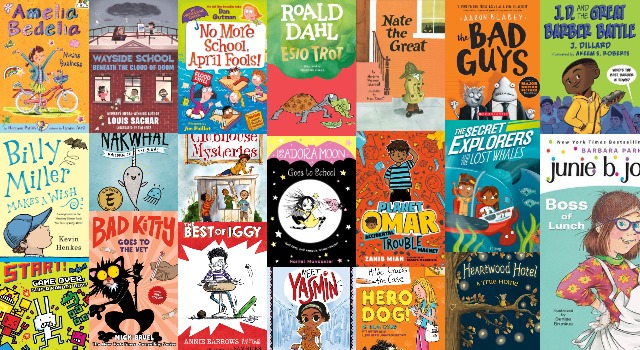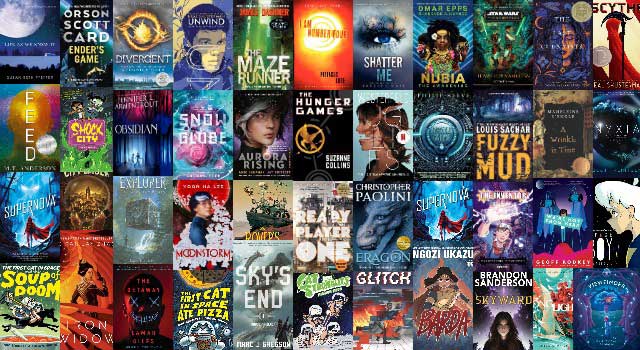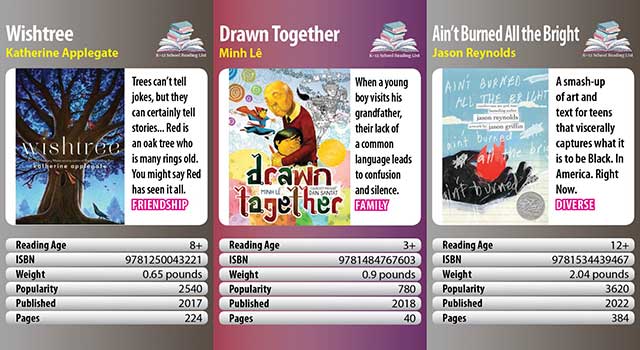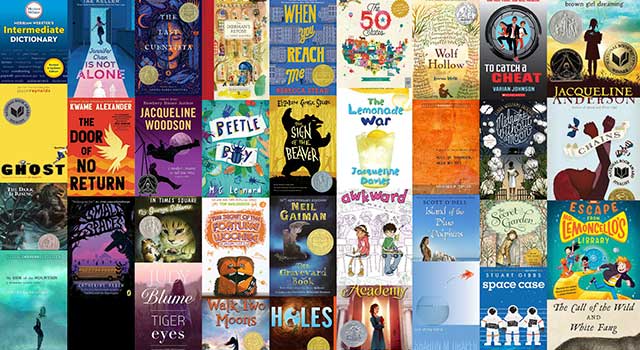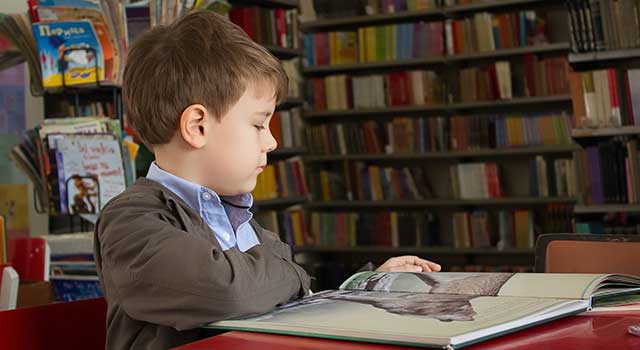
Books for K-5
Recommended reading books for children in kindergarten and elementary schools. Compiled and revised by educators and librarians.

Books for grades 6-9
Recommended books for children and teens in middle school, including fiction, graphic novels and nonfiction titles.
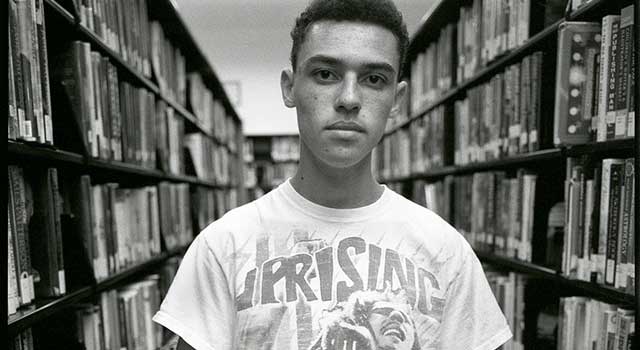
Books for grades 9-12
Recommended books for teens and students in high school, including suggestions for literature, personal development and book clubs.
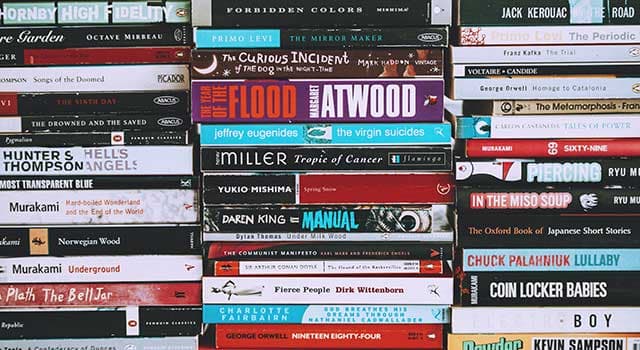
Bulk order books
Bulk buy order K-12 reading books from our recommended reading lists for children and teens. Also includes international ordering.
K-12 Reading List – recommended children’s books
This website aims to provide exciting, stimulating, and engaging reading recommendations for children in Elementary, Middle, and High School. The lists, one for each grade, are designed for parents, teachers, school administrators, librarians, and anyone who buys books for children. These are books your children will want to read! The book suggestions are designed for use in schools, libraries, home learning and remote learning. Each collection of children’s books has been compiled to include fiction and non-fiction books for all abilities, including reluctant readers and the ablest – with an emphasis on fun and thought-provoking reads.
Our latest content:

Children’s Book Publishers
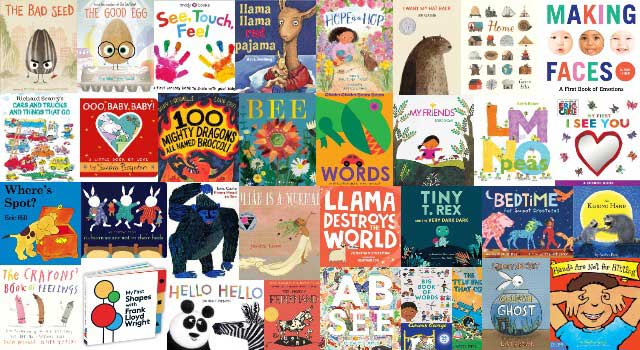
Pre-K books for children aged 0-4
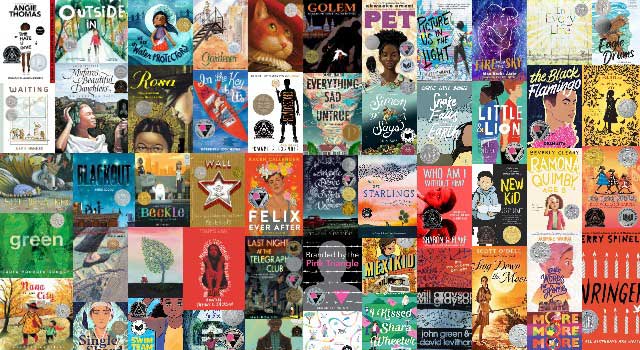
Award-winning books for children and teens
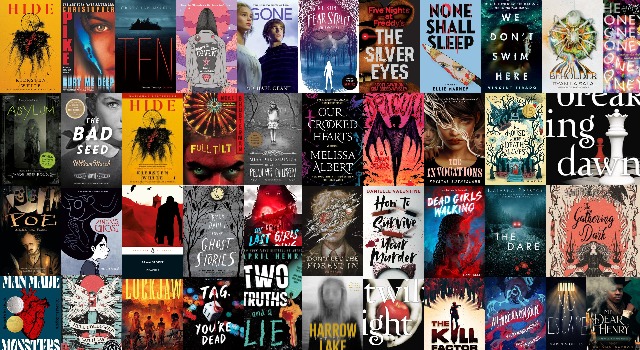
Horror Novels for Teens
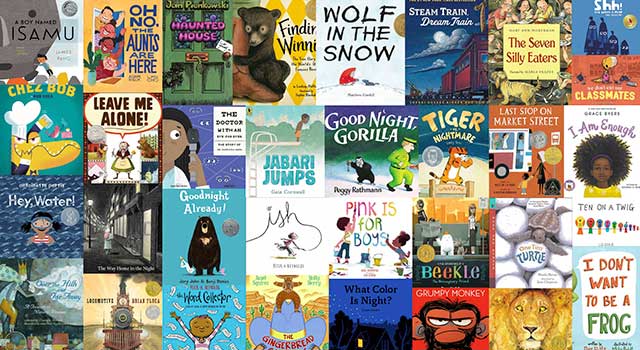
Books for grade K kindergarten children aged 5-6
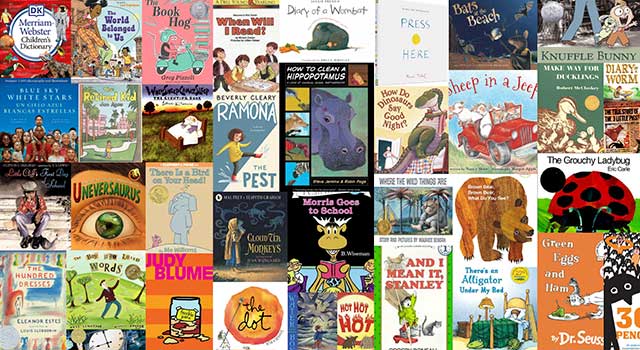
1st grade reading books for children aged 6-7
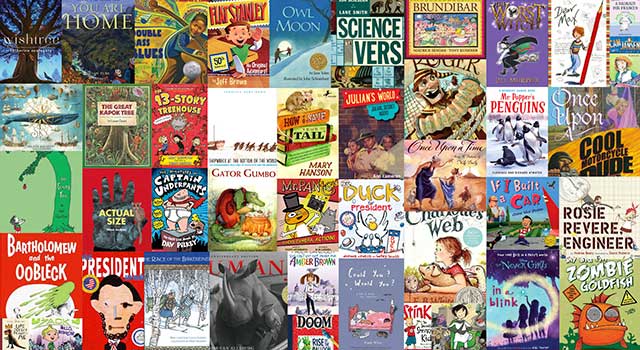
2nd grade reading books for children aged 7-8
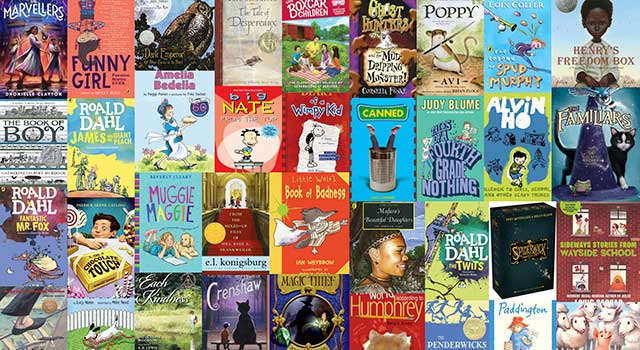
3rd grade reading books for children aged 8-9
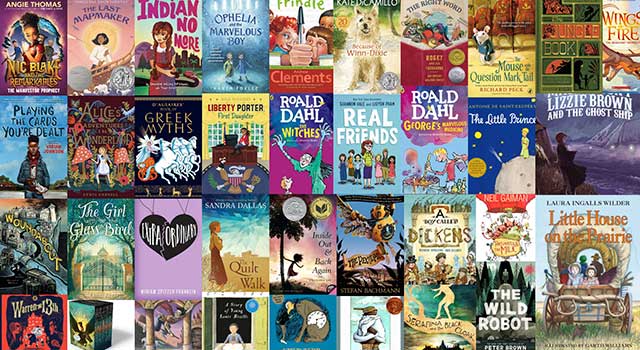
4th grade reading books for children aged 9-10
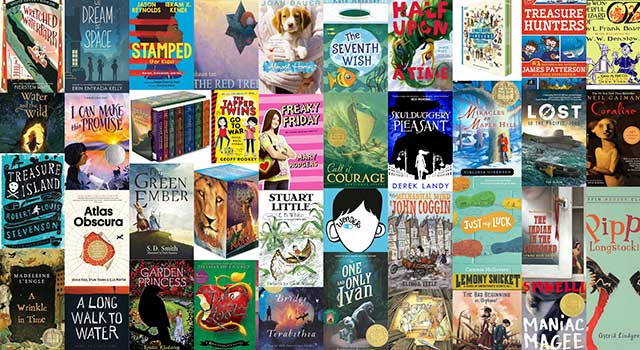
5th grade reading books for children aged 10-11
Recommended reading books lists for K-12 children
By Tom Tolkien. This page was last updated on .
How to use our children’s reading book lists at home and at school
Why are reading book lists helpful? For adults, reading is an essential everyday skill the importance of which cannot be overstressed, yet it is something few of us can ever remember learning how to do. For children, this is often a dubious activity which involves getting up, finding a book which has been chosen for them and having to decode and understand a series of sentences which may not always appear particularly interesting. A choice of reading material is key to reading motivation – and that’s where teacher and librarian recommendations can come in useful.
We read because we have to, and sometimes because we want to; whereas your children are still deciding if reading is something they’re good at or not. This is where reading book lists can be useful.
Encouraging children to read is much easier if it’s something they want to do, rather than something they need to do, or something they have to do. Reading lists for elementary, middle and high school pupils can help with selecting appropriate books.
Why books should be enjoyed and not inflicted
With reading, practice doesn’t make perfect. Reading for pleasure is close to perfect. Reading for pleasure produces confident readers.
Michael Rosen said: “It’s great if you can read but the question is: do you read? If you do the world is yours.” Extensive research proves that children who read for pleasure will gain advantages that last their whole lives.
Why reading for pleasure is essential for children
The OECD says “Reading for pleasure is more important for children’s educational success than their family’s socio-economic status.” The power of choice is essential to a child’s sustained reading and reading book lists can help with enabling a child to choose what they want to read.
Avoid over-praising the procedure of reading. To a child, this can seem like a well done for swallowing the medicine. It’s justified but nonetheless unlikely to make it more palatable.
An onslaught of positives is almost like going to the gym with a personal trainer who sets goals, pushes, cajoles, and helps you over the line. The praise is nice, but does anyone really like going to the gym? Is saying ‘just another ten pages before bedtime’ or ‘how good would it feel to get to the end of the chapter,’ the best way of encouraging a love of literature?
How using reading book lists can influence children’s story choices
Decoding ability needs to be a subtle expectation and a passport to a more grown-up world. Independent choice is where the fun and love of literature comes in.
Ensure your children see you read. It doesn’t have to be books, but emails, the internet, newspapers, magazines, instructions, travel brochures or Christmas present shopping lists.
Point out when you are reading and be positive about it. Say how much you enjoy the book or magazine you are perusing and explain why.
It’s all too easy for children to associate printed words with negative experiences. How many times do children see adults exasperated after examining a bill, moaning at a newspaper article, angry over a Facebook post or disappointed reciting the lottery results out loud?
Why you should smile when you are reading
Praise the skills of reading first, rather than which book or author is being read, or how many pages have been turned. If your child is particularly interested in vehicles, ask them to use a magazine or the internet to find out where the nearest Pontiac garage is and how much a new one costs. Think how much reading, speed reading, accuracy, and comprehension are involved in a task which your child won’t even consider to be reading.
It’s easy to recommend books. It’s also easy to turn children off reading with constant and unwanted recommendations. It’s very difficult to reengage children who have decided they don’t like books.
Picking the right book is hard. It requires strategy and forethought. In the eyes of publishers, children typically don’t buy books and therefore most books are marketed as books for children. In other words books for adults to buy for children. That’s a very different buying demographic compared to the children who have to read them. Reading book lists can really help with this process.
Your child is far more likely to read a book which they believe is aimed at them, and which they have bought, or which they have pestered you to buy for them.
How to let your child buy books and use reading book lists for ideas
Try to engineer situations in which your child chooses a book. Leave computers on with internet pages about a certain author or a new book. Ask your child to pick a book for a friend’s birthday. They will invariably pick a book they are interested in themselves. Ask your child to pick a book for you on holiday. Leave book reviews on the table from newspapers or magazines. Leave books lying around, leave books facing outwards, and leave reviews open on your laptop. Talk about books.
In classrooms and libraries, we display posters from book publishers, featuring the latest or unreleased titles. The children ask if they can read the book. We supply the book – nearly every time the child reads the book because they believe it was their choice. There’s more than one way to use and display a reading book list!
Collect odd books and old books, and expose children to valuable books. Some children will be fascinated by books which are very personal to you – bibles handed down through the generations, scrapbooks, diaries, your favorite reading book or a prize you won at school.
Others will adore second-hand bookshops, piles of old National Geographic magazines or collections of old Newsweeks. Many pupils I’ve taught who really struggle with reading love the idea of books as precious or expensive objects.
I taught one lesson on The Wonderful Wizard of Oz to a room of suspicious 6th graders which explained what a first edition was, how to identify it, and exactly what a rare first ed first print copy of The Wonderful Wizard of Oz was worth. Suddenly disaffected book-despising pupils were forensically inspecting every hardback book in the library to check for first editions and looking up values on the internet. They also started to read them.
Remember! Children learn to read pictures before words
Pictures need to be exciting. Children see book covers and read titles before blurbs. Covers and titles need to engage them. Children need to see a book in front of them – face on. Hearing a book title or hearing a retold blurb won’t cut it.
Books with naughty-sounding titles and edgy covers are bound to appeal. Perennial favorites in classes I’ve taught include Bumface by Morris Gleitzman, Pants by Nick Sharratt and I Want My Potty by Tony Ross. None of these books is rude, but the covers are irresistible. Children want to read these books, and more importantly, they want to be seen to be reading these books.
Accessing the story is key to loving books. Sometimes, however, books are not the best way for a child to first experience a narrative. Pictures, films, comics, and graphic novels, audiobooks, the internet, discussing a story, reading together and retelling a story are all effective ways to engage interest. Try watching the film first and then reading the book, or listening to one chapter of a book and reading the next. The enjoyment of stories leads to the enjoyment of books.
Reading should be promoted with enthusiasm. Stories should be embraced – by discussion, by watching, by listening to and by using the internet to find out more. Reading should be your child’s passport to the stories and information they want to, and choose to, experience. We hope using our reading book lists helps with your child’s ‘reading for pleasure’ journey.
